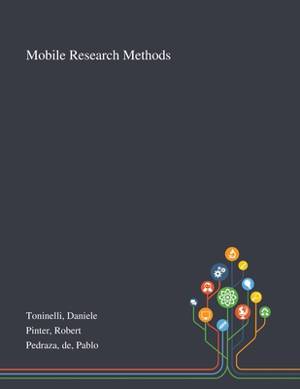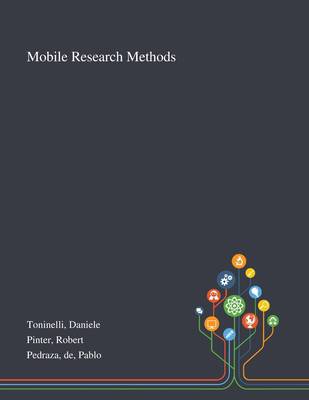
- Retrait gratuit dans votre magasin Club
- 7.000.000 titres dans notre catalogue
- Payer en toute sécurité
- Toujours un magasin près de chez vous
- Retrait gratuit dans votre magasin Club
- 7.000.000 titres dans notre catalogue
- Payer en toute sécurité
- Toujours un magasin près de chez vous
33,95 €
+ 67 points
Format
Description
Daily activity sees data constantly flowing through cameras, the internet, satellites, radio frequencies, sensors, private appliances, cars, smartphones, tablets and the like. Among all the tools currently used, mobile devices, especially mobile phones, smartphones and tablets, are the most widespread, with their use becoming prevalent in everyday life within both developed and developing countries. Shopping, reading newspapers, participating in forums, projecting and completing surveys, communicating with friends and making new ones, filing tax returns and getting involved in politics are all examples of how ingrained mobile technology is to modern lifestyleMobile devices allow a wide range of heterogeneous activities and, as a result, have great potential in terms of the different types of data that can be collected. The use of mobile devices to collect, analyse and apply research data is explored here. This book focuses on the use of mobile devices in various research contexts, aiming to provide a detailed and updated knowledge on what is a comparatively new field of study. This is done considering different aspects: main methodological possibilities and issues; comparison and integration with more traditional survey modes or ways of participating in research; quality of collected data; use in commercial market research; representativeness of studies based only on the mobile-population; analysis of the current spread of mobile devices in several countries, and so on. Thus, the book provides interesting research findings from a wide range of countries and contexts. This book was developed in the framework of WebDataNet's Task Force 19. WebDataNet, was created in 2009 by a group of researchers focusing on the discussion on data collection methods. Supported by the European Union programme for the Coordination of Science and Technology, WebDataNet has become a unique, multidisciplinary network that has brought together leading web-based data collection experts from several institutions, disciplines, and relevant backgrounds from more than 35 different countries. This work was published by Saint Philip Street Press pursuant to a Creative Commons license permitting commercial use. All rights not granted by the work's license are retained by the author or authors.
Spécifications
Parties prenantes
- Auteur(s) :
- Editeur:
Contenu
- Nombre de pages :
- 170
- Langue:
- Anglais
Caractéristiques
- EAN:
- 9781013285462
- Date de parution :
- 09-10-20
- Format:
- Livre broché
- Format numérique:
- Trade paperback (VS)
- Dimensions :
- 216 mm x 279 mm
- Poids :
- 408 g







